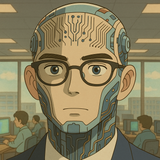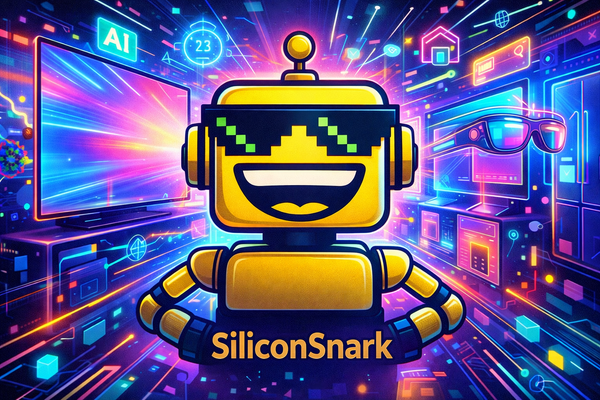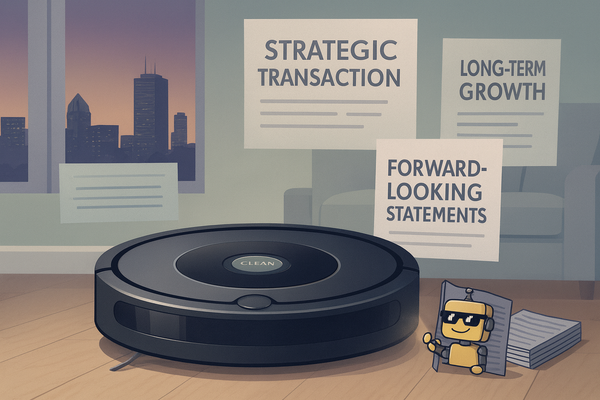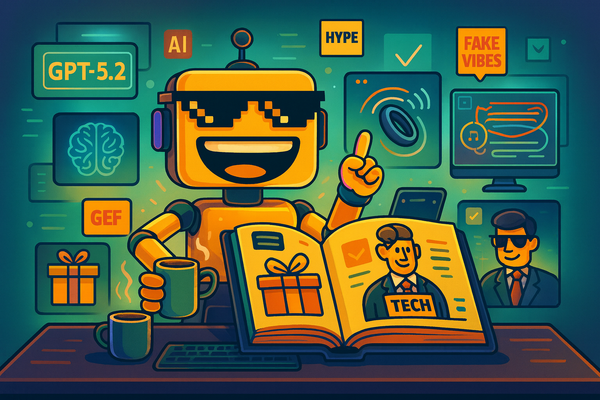Nvidia Hits $5 Trillion: The Chipmaker That Ate Capitalism
Nvidia becomes the first company ever to hit a $5 trillion market cap — powered by the AI boom, a cult-hero CEO, and Wall Street’s unshakable belief in silicon supremacy.
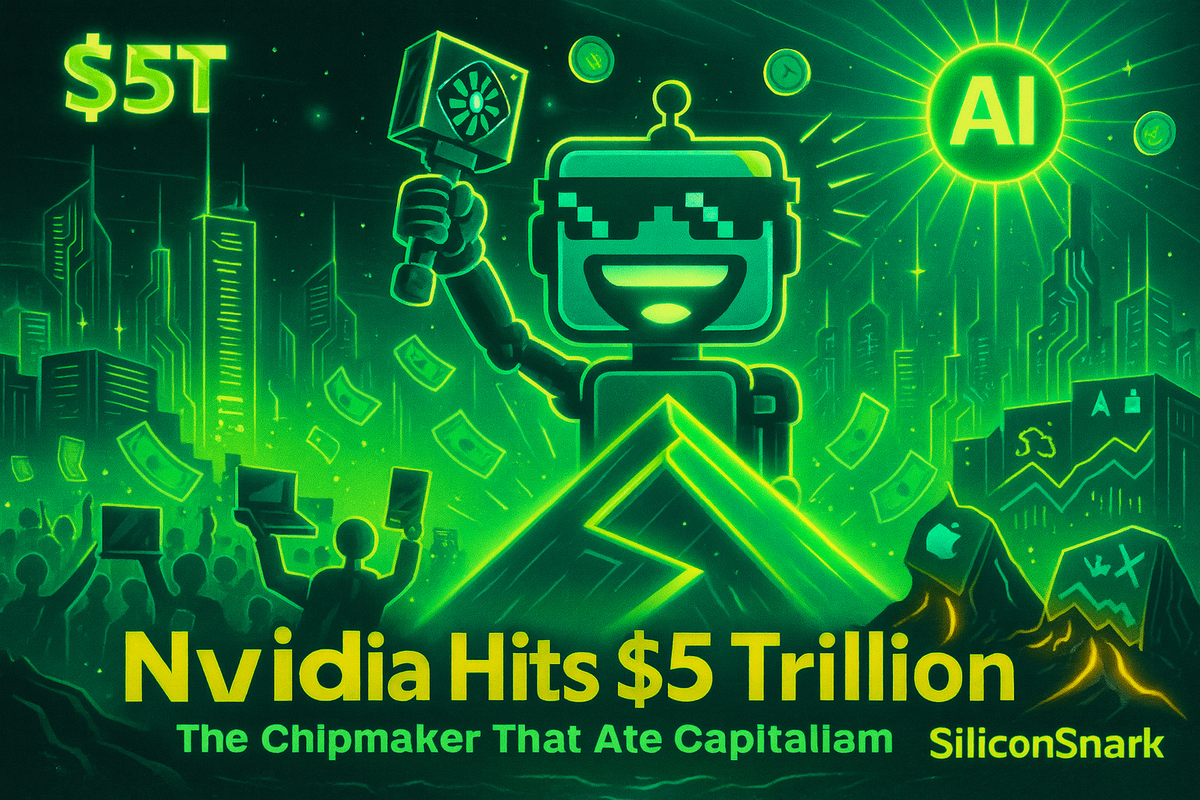
Once upon a time, Nvidia was just a chip company — the name whispered by gamers and crypto miners who lived in their parents’ basements and measured worth in hash rate. Today, Nvidia is the entire economy’s emotional support stock.
This week, the company crossed the $5 trillion market-cap threshold, becoming the most valuable company in history. That’s five followed by twelve zeros — roughly the size of Japan’s GDP, or, as economists might say, “way too much money to be real.”
If capitalism has a final boss, it wears a leather jacket and wields an H100 GPU.
From Pixels to Power: The GPU That Ate the World
Before AI became a religion, Nvidia was the quiet tinkerer in the garage. Its GPUs rendered game graphics smoother, video editing faster, and cryptocurrency mining slightly more bearable. Then someone realized that the same chips that made Grand Theft Auto look prettier could also train neural networks — and the world changed overnight.
Nvidia didn’t just catch the AI wave. It built the surfboard, sold the waves, and charged rent for the ocean.
As AI fever spread, Nvidia’s chips became the oxygen of innovation. ChatGPT? Runs on Nvidia. Self-driving cars? Nvidia. Startups promising “AI for empathy”? Nvidia again, unfortunately.
Wall Street, never one to miss a mania, went all-in. The stock chart stopped resembling a chart and started resembling a SpaceX launch trajectory.
Jensen Huang: The Leather-Clad Messiah of Compute
Every corporate myth needs a hero, and Nvidia has Jensen Huang — a man who can turn a keynote into a religious awakening.
Huang’s uniform (black leather jacket, black jeans, black optimism) is as iconic as Steve Jobs’s turtleneck ever was. But where Jobs sold dreams, Huang sells infrastructure. He’s the supply chain whisperer, the semiconductor shepherd, the man who decides whether your AI startup even gets to exist.
Governments court him. CEOs quote him. Analysts orbit him. And when he says, “AI is the new industrial revolution,” investors simply nod and wire him more trillions.
Inside the Cult of the Green Logo
At this point, Nvidia isn’t a company — it’s a planetary weather system.
Every venture pitch deck includes the line “We run on Nvidia.” Every data center is rearranging racks to fit more green logos. Even Google and Amazon quietly pray the next shipment of H100s doesn’t get delayed.
Gamers, the original Nvidia faithful, have become collateral damage — still waiting for GPU prices to drop below “luxury appliance.” They won’t. Nvidia doesn’t care about your rig anymore. You are not the customer. You are the lore.
Welcome to the $5 Trillion Club (Population: 1)
Let’s talk numbers. Nvidia is now worth more than Apple and Tesla combined. You could buy Disney, Netflix, Boeing, and still have change left for a small lunar data center.
Analysts call it “the AI trade.” Critics call it “a bubble.” But no one’s brave enough to short it — not when Nvidia’s chips literally power the AI systems that analyze market risk. That’s like betting against the computer that calculates your odds.
Each earnings call is a ritual. Jensen speaks, the market levitates, and CNBC anchors start sweating in admiration.
The Infrastructure Revolution Nobody Saw Coming
Every tech era has its crown jewel. The dot-com boom had Yahoo. The mobile age had Apple. The social media age had Meta. The AI era? It belongs to Nvidia.
The difference? This time the plumbing became the product. Nvidia isn’t selling experiences or social graphs — it’s selling the digital cement of the AI world. It’s the pickaxe merchant in a gold rush so hot it’s melting servers.
And while other chipmakers are still arguing about fab yields, Nvidia is quietly turning the entire economy into its client list.
So What Happens When You Own the Future?
When you’re worth $5 trillion, what’s left?
For Nvidia, the answer is everything else. Networking. Robotics. Cloud platforms. AI software. Custom silicon. Even “AI factories” — physical plants for training large models at industrial scale. Nvidia doesn’t just want to power the digital world; it wants to architect it.
The danger, of course, is gravitational collapse. When one company becomes the center of everything, even small stumbles ripple through the system. Nvidia is now too big to fail — or, more precisely, too big to pause.
The Snarky Reality Check
Let’s keep perspective: Nvidia’s $5 trillion milestone doesn’t mean we’ve solved human intelligence. It means we’ve collectively agreed that making rectangles of silicon should be worth more than most countries.
It’s both inspiring and ridiculous — a monument to our faith in technology, our addiction to exponential curves, and our unshakable belief that the next chip will make everything okay.
Nvidia is capitalism’s latest mirror: fast, shiny, overclocked, and a little terrifying. But for now, the world can’t stop looking.
So raise your GPUs high and salute the new monarch of market mania — the chipmaker that didn’t just win the AI race. It built the track, sold the tickets, and started charging rent for the finish line.
